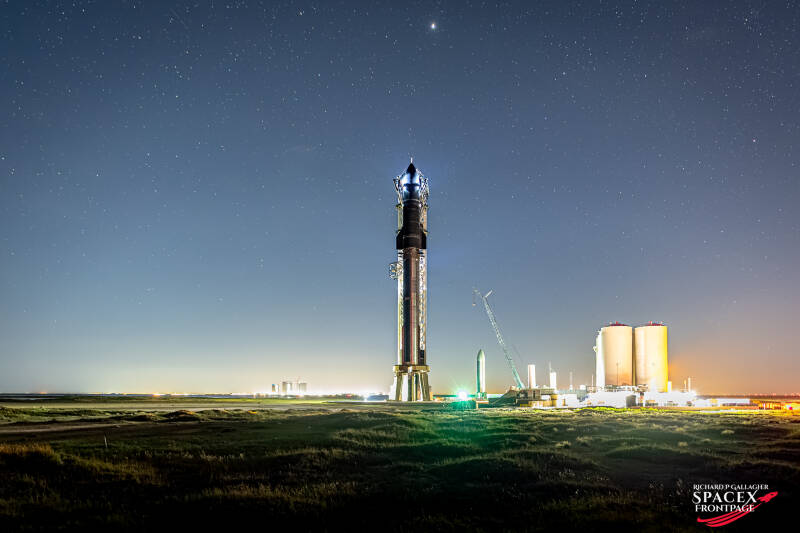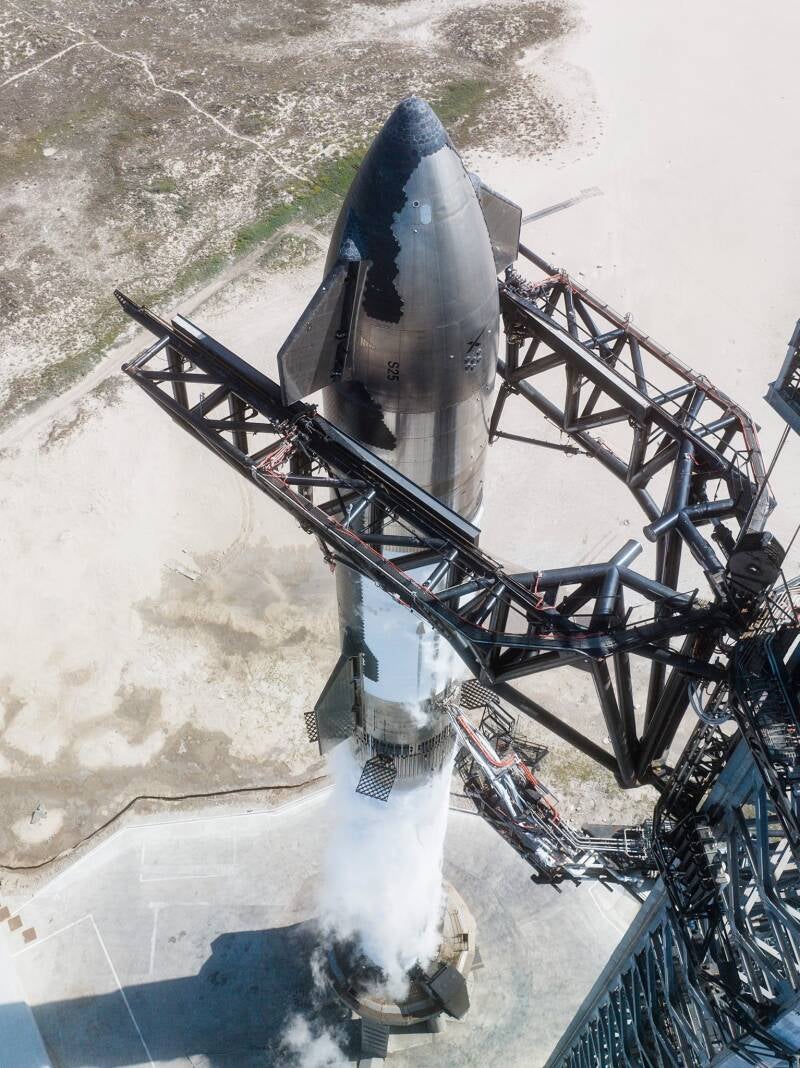Inside SpaceX’s Finances and Elon Musk’s Fortune: How Rockets, Risk, and Reinvestment Built a Private Space Empire
For space enthusiasts, SpaceX is usually experienced through spectacular launches, synchronized booster landings, and ambitious talk of Mars. Yet beneath the visuals lies a financial structure that is just as transformative as the technology itself. The story of SpaceX’s money is inseparable from the story of Elon Musk’s fortune, because the company’s strategy, risk appetite, and long-term goals are tightly bound to how Musk has chosen to build and deploy his wealth.




